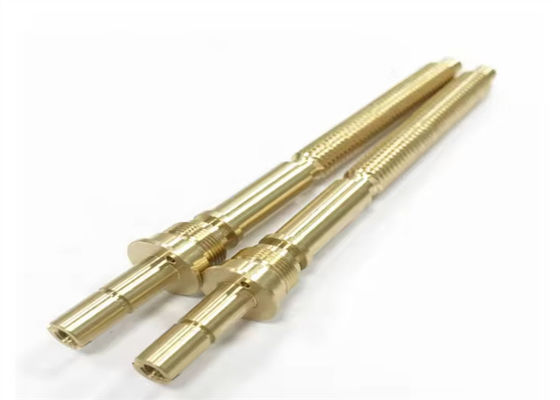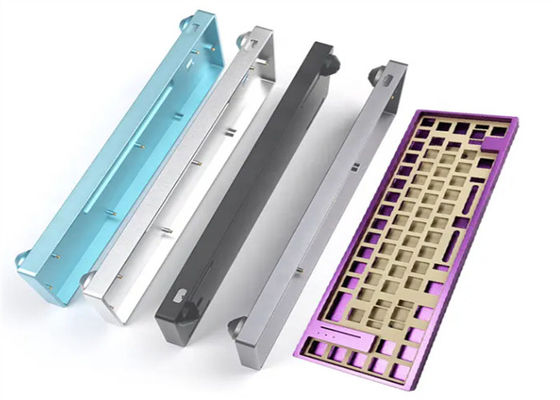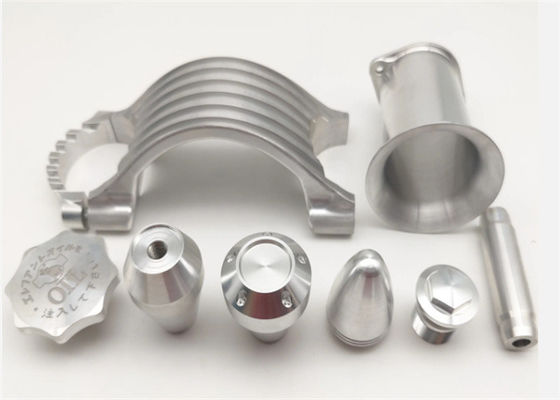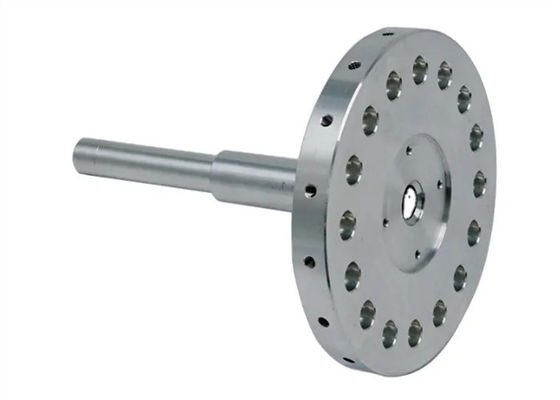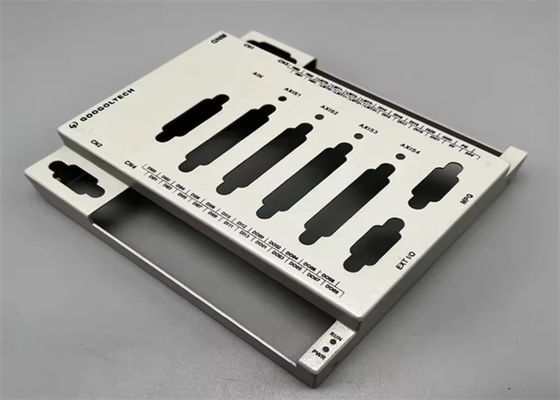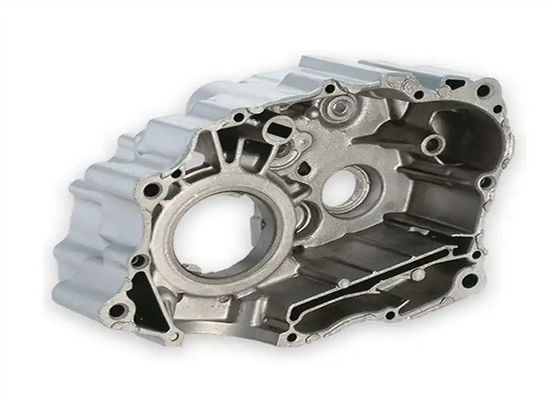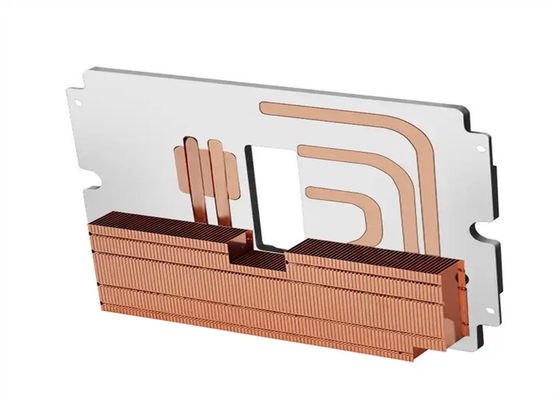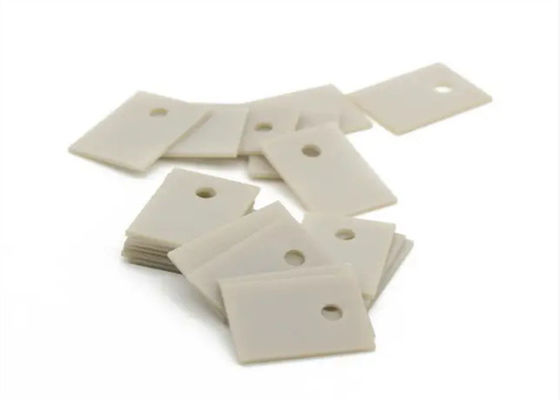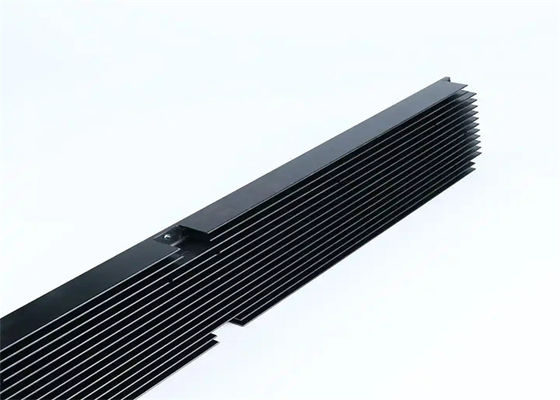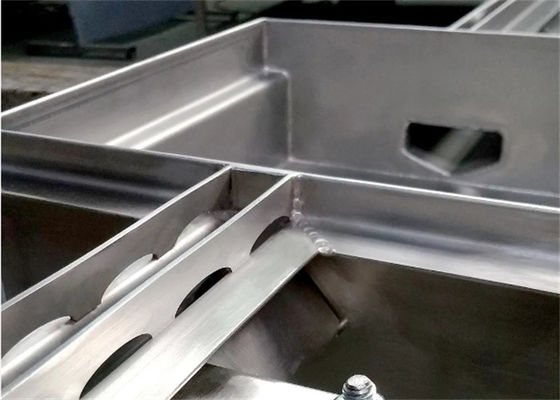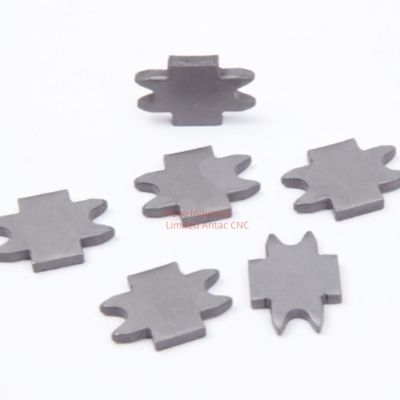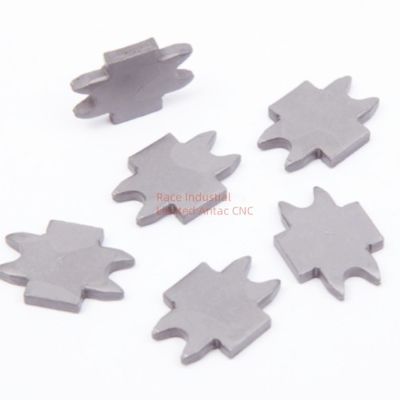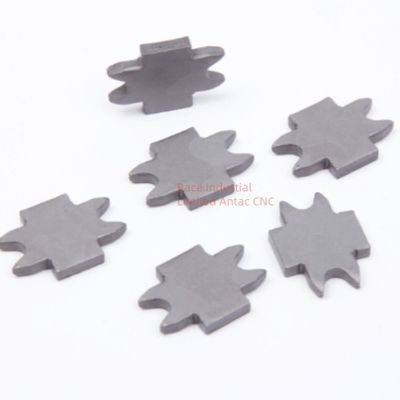Stamping Sheet Metal Product Description
In the global wave of pursuing efficiency, precision, and innovation in the manufacturing industry, stamping sheet metal technology has emerged as a prominent focus. From the booming electric vehicle industry in Europe and the United States to the rapid construction of 5G communication base stations in Asia, stamping sheet metal, as a key manufacturing process, is widely applied across various fields. Statistics from the International Manufacturing Technology Association show that in the past year alone, the upgrading of stamping sheet metal technology has increased global production capacity by 20%, highlighting its significance.
I. Process Principles and Procedures
Stamping sheet metal is an advanced pressure processing technology for thin metal sheets (usually less than 6mm thick). By leveraging molds installed on a press machine, external forces are applied to the sheets at room temperature, causing the material to separate or undergo plastic deformation, thus producing precision parts.
The process begins with design and mold manufacturing. Engineers utilize CAD/CAM technology to design blueprints for sheet metal parts and create high-precision stamping molds, which are crucial for accurate stamping. In the material preparation stage, metal sheets such as SPCC common cold-rolled steel sheets and SECC galvanized steel sheets are selected according to different application scenarios, followed by cutting, forming, and pretreatment. During the stamping process, the sheets are placed on a punching press, and the punch impacts them to quickly form the desired shape along the mold contour. After forming, the parts undergo further processing like bending, welding, and assembly. Finally, surface treatments such as spraying and plating are applied to enhance corrosion resistance and aesthetics.
II. Product Features
- High Precision and Consistency:Precise mold control enables stamping sheet metal to achieve high-precision production with minimal dimensional tolerances. The stable quality and strong consistency of the parts meet the high-precision requirements of industries such as aerospace and electronic chip packaging.
- Powerful Shape - Shaping Ability:Whether it's simple flat parts or complex 3D irregular structures, stamping sheet metal can complete the manufacturing process through processes like bending and blanking. It can produce components such as automotive body panels and electronic product casings, satisfying the diverse design needs of various industries.
- Broad Material Adaptability:It can accommodate a wide range of metal sheets, including aluminum, steel, stainless steel, and copper. Aluminum sheets, with their lightweight and corrosion-resistant properties, are commonly used in aerospace and automotive lightweight design. Stainless steel, known for its high strength and corrosion resistance, is suitable for high-pressure scenarios and food and medical equipment. Iron sheets, with their high cost - effectiveness, are widely applied in construction and general industrial fields. Copper, with excellent electrical conductivity, is a common material for electronic circuit connection components.
- High Efficiency, Energy Conservation, and Cost - effectiveness:In large - scale production, the stamping sheet metal process features high efficiency and high material utilization, being a low - or no - chip processing method that reduces costs. After mold debugging, subsequent production consumes less energy, bringing significant economic benefits.
III. Application Areas
- Electric Vehicle Industry:Driven by the trend of green travel, the electric vehicle industry is developing rapidly. Stamping sheet metal technology is used in manufacturing vehicle body frames. High - strength steel stamping ensures the strength and safety of the body, while aluminum alloy sheet - stamped battery casings balance protection and lightweight design, improving vehicle range. Currently, stamping sheet metal parts account for over 60% of each electric vehicle, making it a key technology for industry development.
- 5G Communication Field:With the popularization of 5G technology, the demand for communication base station equipment has surged. Stamping sheet metal is applied to the manufacturing of base station housings, internal structural parts, and heat dissipation components. The formed base station housings offer good protection, and aluminum alloy heat dissipation components ensure the stable operation of equipment under high loads, supporting the coverage of 5G networks.
- Aerospace Industry:The aerospace industry has strict requirements for component quality and performance. The advantages of high precision, high strength, and lightweight of stamping sheet metal make it the preferred manufacturing process for wing and fuselage structural parts, as well as some engine components, facilitating the development of the aerospace industry.
In the development of the global manufacturing industry, stamping sheet metal technology, with its unique advantages, has become an important support for innovation in many industries. Its applications in fields such as electric vehicles, 5G communication, and aerospace have promoted industry progress and created opportunities for its own development. In the future, with the advancement of technology, stamping sheet metal technology will continue to innovate and contribute more to the prosperity of the global manufacturing industry.
- CNC Laser Cutting
- CNC Turret Punching
- CNC Brake Pressing/Folding
- CNC Machining (Milling & Turning)
- Welding Carbon Steel, Stainless Steel, Aluminum
- Metal Pressing & Stamping
- Metal Guillotining/Shearing
- Band Sawing
- Tube Bending
- Product Assembly & Packaging
Our Manufacturing Specialties Include
- Stainless steel
- Galvanized steel
- Black iron steel
- Aluminum
Design Build
We utilize CAD Design and computerized estimating in order to ensure system efficiency and estimating highly accurate cost projections. Our in-house Project Managers are capable of conducting detailed plan reviews utilizing 3-D modeling software in order to detect potential conflicts and ensure our clients of a high-quality finish and efficient installation of their projects.

 Your message must be between 20-3,000 characters!
Your message must be between 20-3,000 characters! Please check your E-mail!
Please check your E-mail!  Your message must be between 20-3,000 characters!
Your message must be between 20-3,000 characters! Please check your E-mail!
Please check your E-mail! 
